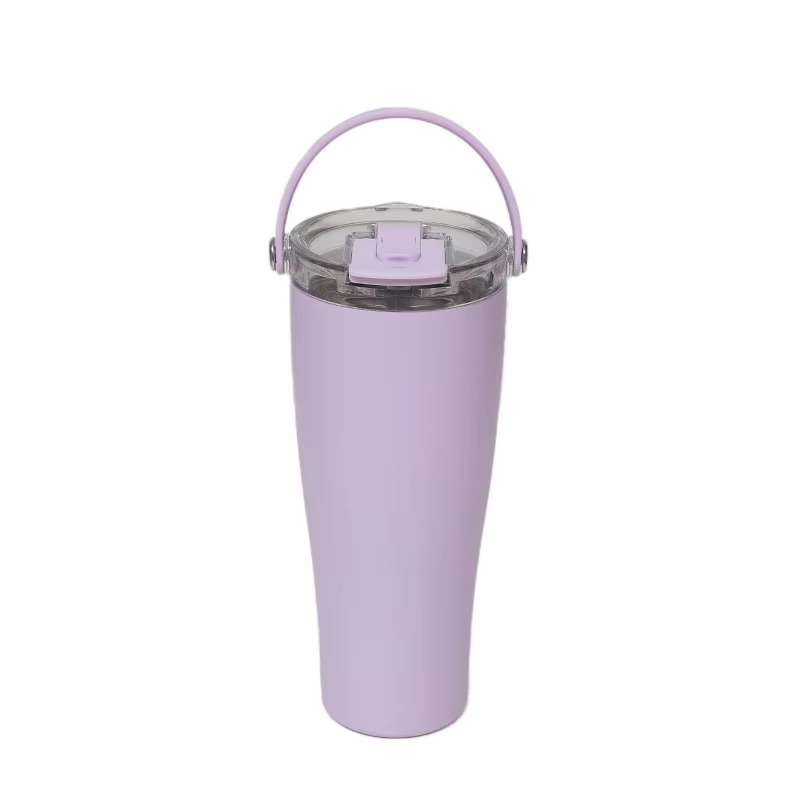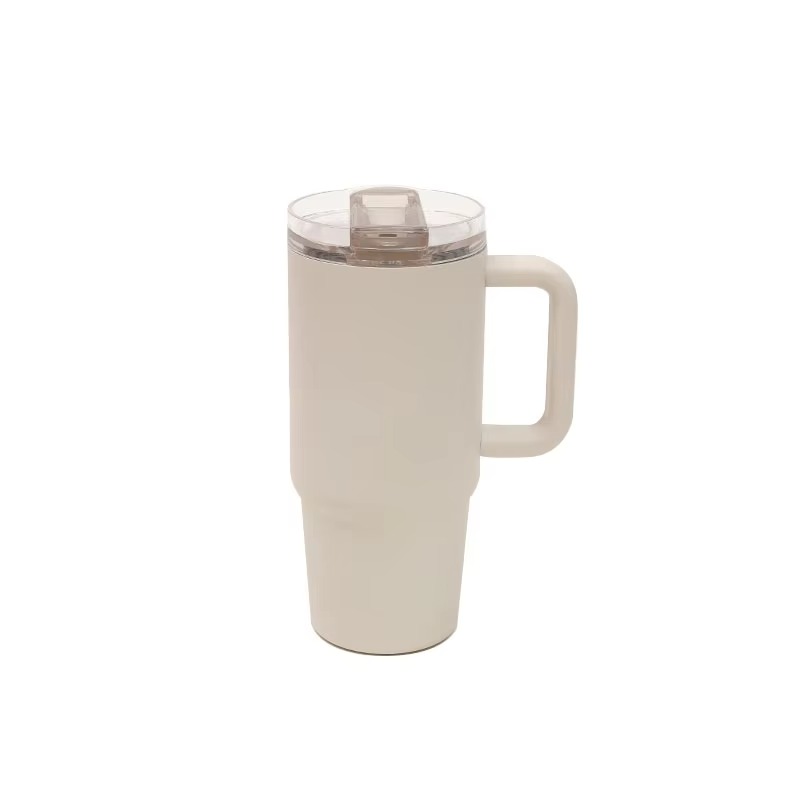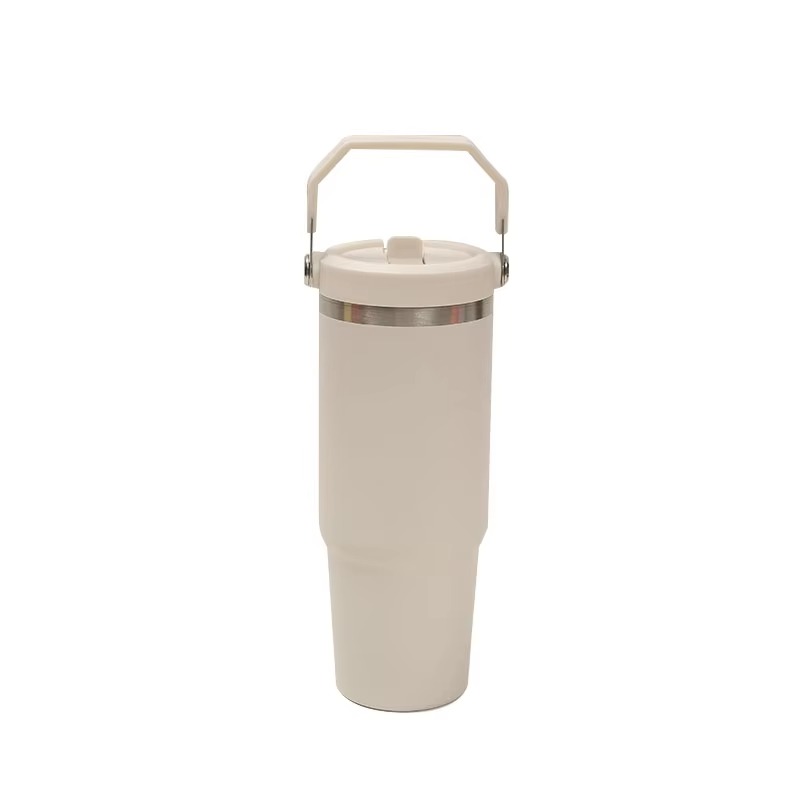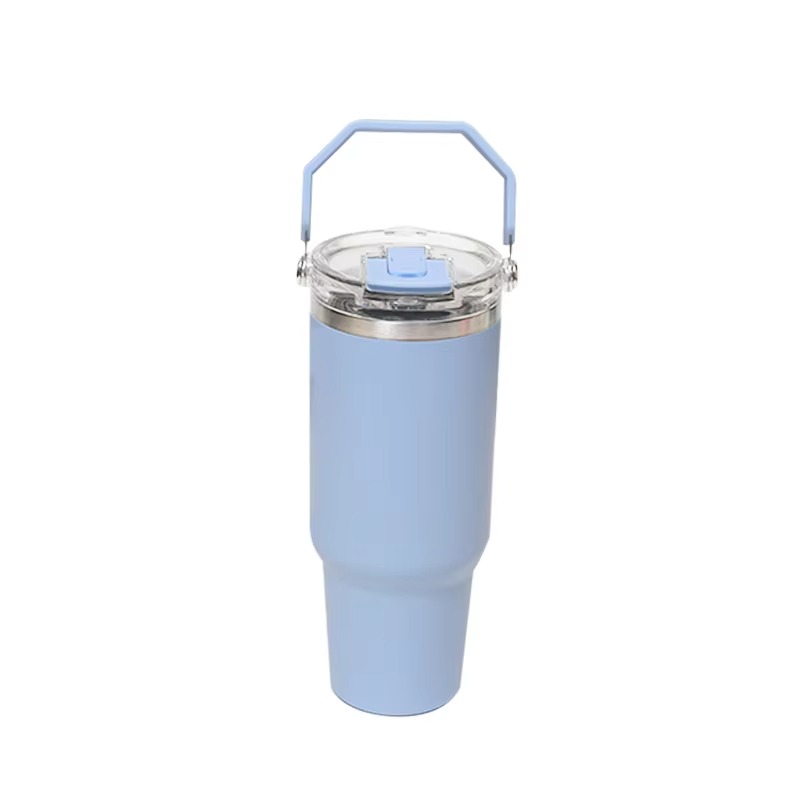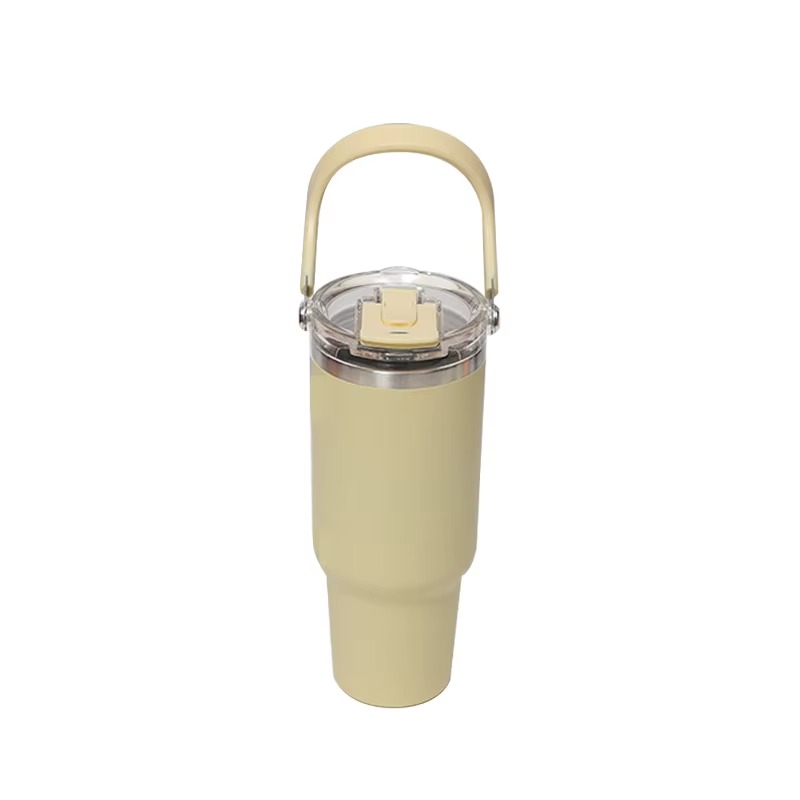In households, offices, and public spaces worldwide, the plastic tumbler remains a ubiquitous presence. Its simple design, durability, and low cost have cemented its status as a go-to solution for daily hydration needs. However, this commonplace item now finds itself at the very heart of a complex global conversation, one that balances undeniable utility against pressing environmental imperatives. The future of the plastic tumbler is being reshaped not by a single innovation, but by a multifaceted evolution in materials, consumer habits, and manufacturing philosophies.
For decades, the primary appeal of the plastic tumbler has been its sheer practicality. Lightweight and resistant to breaking, it is perfectly suited for a busy lifestyle. Its use extends far beyond the kitchen cabinet, serving as a reliable vessel in gyms, schools, and hospitals. The ability to mass-produce these items has made them accessible to a vast population, fulfilling a basic need without financial burden. This functional demand continues to drive a significant market, proving that the item’s fundamental design addresses a persistent human requirement.
Yet, the environmental footprint of single-use and even durable plastic products has triggered a significant shift in perception. In response, the industry is witnessing a quiet revolution in material science. The traditional landscape of plastic tumblers is gradually making room for alternatives. Tumblers made from biodegradable polymers, derived from sources like corn starch or sugarcane, are gaining visibility. These materials are designed to break down under specific conditions, offering a potential reduction in long-term waste. Alongside these, tumblers composed of sturdy, plant-based bamboo fiber are emerging, catering to consumers seeking a naturally derived and aesthetically pleasing option. Furthermore, the integration of post-consumer recycled (PCR) plastic into new tumblers is becoming more common. This process gives existing plastic waste a new life, directly reducing the consumption of virgin materials and lowering the overall carbon footprint of each unit produced.
Parallel to these material changes is a powerful movement championing reuse. The very nature of a durable plastic tumbler encourages repeated use, a simple act that stands in stark contrast to disposable culture. Consumers are increasingly adopting the practice of carrying their own tumblers for beverages on the go, a habit supported by a growing number of establishments. This behavioral shift underscores a broader understanding that sustainability is not solely about the end-of-life of a product, but also about big its usable lifespan. A single, well-used plastic tumbler can prevent the waste of numerous single-use cups over time.
The regulatory environment is also playing a role in this transformation. Various regions are implementing policies aimed at curbing plastic waste, from bans on certain single-use plastics to extended producer responsibility schemes. These measures are accelerating research and development into more sustainable materials and are encouraging manufacturers to design for circularity. The plastic tumbler, in its modern form, is increasingly being conceived with its entire lifecycle in mind.
The narrative of the plastic tumbler is no longer one of simple convenience. It has evolved into a story of adaptation and responsibility. It sits at a crossroads, where its traditional value is being weighed against the need for a greener alternative. The ultimate fate of this everyday object will be determined by continued innovation, informed consumer choice, and a collective commitment to a less wasteful future.

 English
English Español
Español русский
русский
